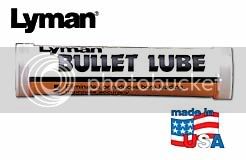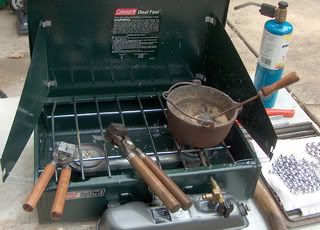I would really like to get into casting my own bullets but I’d like to keep the cost low.
I’ve watched “how to” videos on youtube and it looks easy enough. I messed with the foundry, and forge at my high school a lot and I worked in a welding shop for two years so I’m not afraid of molten metal. I’m sure I’ll set myself on fire once or twice but it wouldn’t be the first time.
I have a micrometer, I think we have a big spoon that would work or I can make a steel one, I also have a very old crucible.
I was thinking of taking the crucible or an iron pot and setting it on a bonfire with a lot of hot coals so it’s nice and stable. We also have a propane turkey cooker that I use to make all grain beer recopies on, that might work but it would use up a lot of propane.
I also have a brass hammer mold(made of cast Iron.) that we use to use when we collected enough brass from the range. I could put the extra lead in that to make hammer shaped lead ingots.
I’ve watched “how to” videos on youtube and it looks easy enough. I messed with the foundry, and forge at my high school a lot and I worked in a welding shop for two years so I’m not afraid of molten metal. I’m sure I’ll set myself on fire once or twice but it wouldn’t be the first time.
I have a micrometer, I think we have a big spoon that would work or I can make a steel one, I also have a very old crucible.
I was thinking of taking the crucible or an iron pot and setting it on a bonfire with a lot of hot coals so it’s nice and stable. We also have a propane turkey cooker that I use to make all grain beer recopies on, that might work but it would use up a lot of propane.
I also have a brass hammer mold(made of cast Iron.) that we use to use when we collected enough brass from the range. I could put the extra lead in that to make hammer shaped lead ingots.






